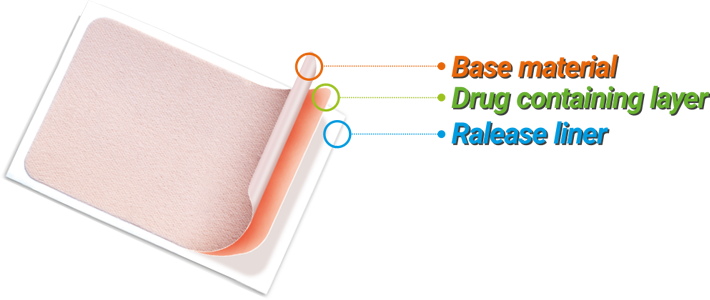 What is TDDS?
What is TDDS?

Transdermal Drug Delivery System (TDDS), also known as “patch”is the
non-invasive delivery of medications from the surface of skin-the largest and the most
accessible organ of human body through its layers to the circulatory system.
It is defined as a flexible pharmaceutical preparation of varying size containing one or more
active substances to be applied on the intact skin for systemic absorption. Designing and
development of transdermal patches can be described as state of the art.
◉ TDDS offers many advantages over conventional injections and oral methods.
◉ It reduces the load that the oral route commonly places on the digestive tract and liver.
◉ It enhances patient compliance and minimizes harmful side effects of a drug caused from
temporary overdose.
◉ In addition, it offers simple application, painless and flexibility of termination drug
administration by simply removing the patch from the skin.
 Type of TDDS
Type of TDDS
1. Plaster
An external preparation, drug-coated film, is used by sticking on the skin to treat an aching, inflamed, or painful part of the body.2. Cataplasma
A moist external preparation, drug-spread cloth, is used by sticking on the skin to treat an aching, inflamed, or painful part of the body.3. Patch
It has releasing rate controller which is efficiently deliver the active substances through the intact skin resulting in a constant systemic absorption rate.